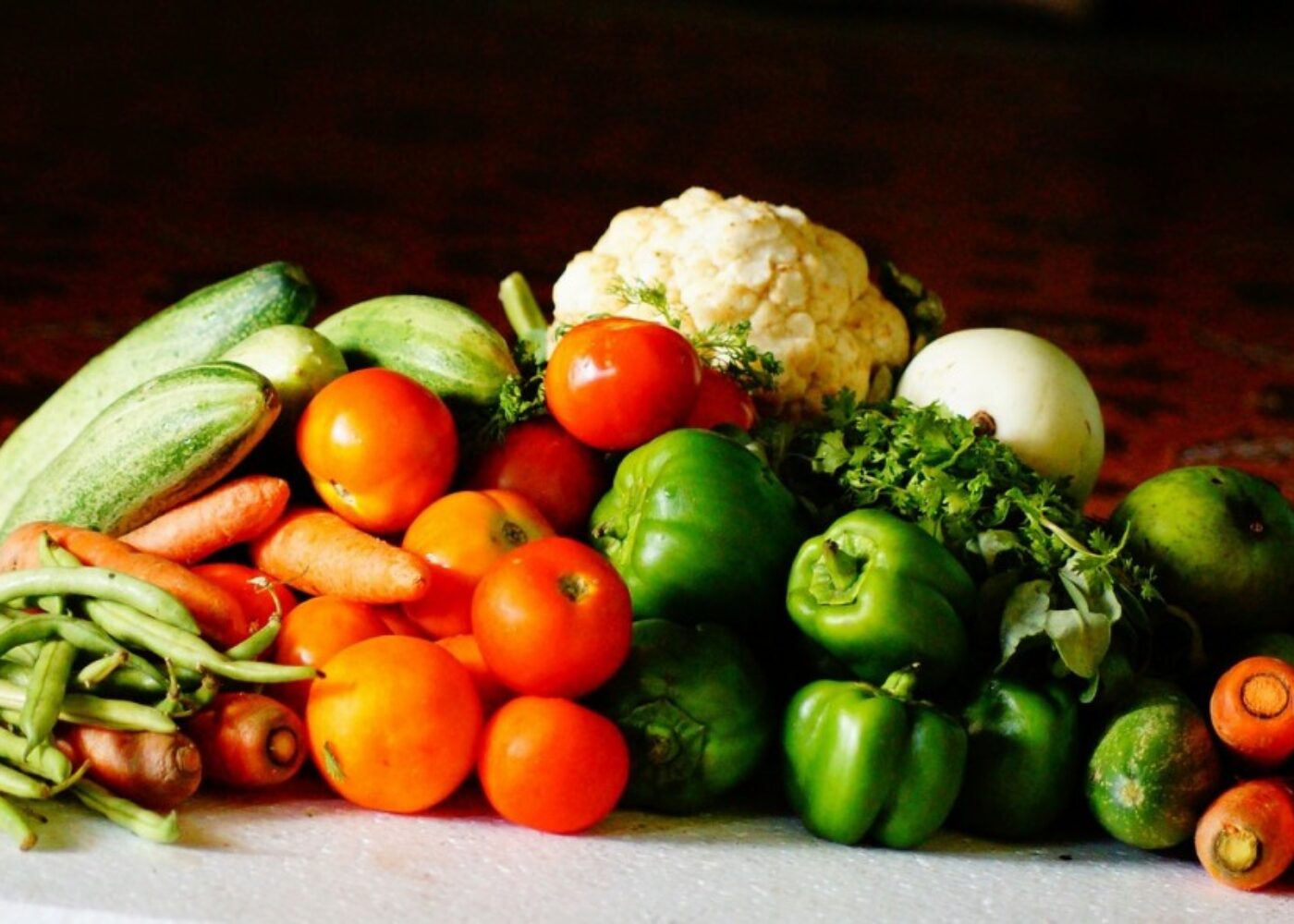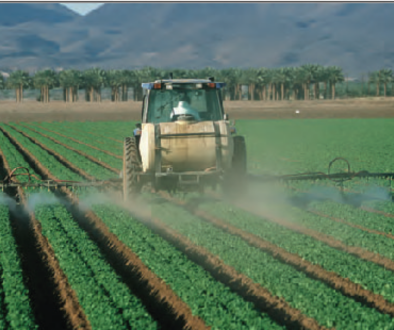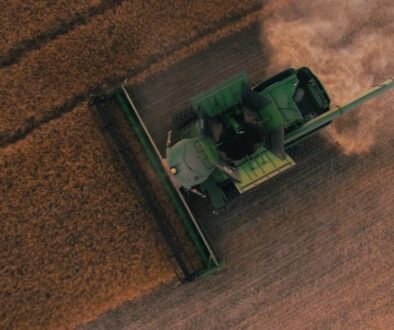What’s Behind the Added Expense of Organic Food?

It is becoming increasingly clear that our food supply is hopped up on ingredients that flat out did not exist a generation ago.
To account for all of these new ingredients, synthetically and genetically engineered in laboratories beginning in the 1990s, the USDA was charged with a task: how to formally define food produced without them.
What is the term that the USDA now uses to legally define foods produced without all of these additives, artificial growth hormones and dyes and genetically engineered ingredients? They call it “organic.” Our grandmothers simply called it “food.”
So what our grandmothers simply called food, we now have to describe with the adjective “organic” while around the world, all of the new ingredients get labeled.
Organic food wasn’t as pricey for our grandmothers as it is today which is probably why the high price of organic food can irritate anyone. But the food system we have today isn’t the one that she had either, and a deeper look into how this happened sheds light.
In very simple terms, our food system is funded in two ways: one side receives taxpayer-funded resources called subsidies, and the other doesn’t. For those that grow these new crops with genetically engineered seeds and the insecticides and weed killers required to grow them, taxpayers dollars are offered for marketing and crop insurance programs, while those opting out of the chemicals are charged fees to prove that their crops are safe.
In other words, the chemically intensive operating system gets all of the financial support, from seeds, to marketing to insurance programs, while the farm system that is required by law not to use these chemicals is charged for it.
That’s like getting fined to wear your seat belt.
So while conventional food production allows for the addition of cheap, synthetic and often controversial ingredients that have been disallowed, banned or never permitted for use in developed countries around the world, organic food carries the burden of having to prove that its products are safe—products produced without the use of added non-food ingredients that other countries have found controversial or removed from their food supply.
On top of that is a loan program that rivals any used-car dealership. With promises of 0% down, interest free financing on branded, patented seeds, farmers are promised the moon. The problem is that these seeds then require a suite of chemicals, fertlizers and other branded products in order for them to grow. Throw on top of that the massive weed resistance smacking farms around the country, and you’ve got a recipe for one heavy dose of a chemical cocktail. But who pays for that? The farmers. The farmers are getting locked into a chemically intensive operating system that they can no longer afford. To add insult to injury, these chemicals like glyphosate are beginning to injure the biology of the soil. The soil is their legacy, passed down through four and five generations. This operating system using genetically engineered seeds and massive amounts of fertilizers and chemicals is only fifteen years old, and so is the debt structure on the farms.
Farmers that choose this method of financing must have active ”Technology/Stewardship Agreements”, an agreement not unlike the user agreements that we sign when we go to use a new technology. The minimum seed financed under one of the major programs is $7,500. Farmers are promised early cash discounts and financing options for seeds and weed killers. And then the details hit: “If the account is not paid in full by the due date, finance charges equal to the lesser of 18% annual percentage rate (1.5 per month) or the maximum allowable by law will be charged on the account balance remaining at the end of each month”.
What happens when farmers get so tied up in these financial and legal contracts, technology stewardship agreements and loans, that they no longer have the flexibility to get out? We all pay that price.
As a growing number of corporations, from Safeway and Target to Chipotle and Whole Foods, look to farmers to provide non genetically modified crops, our farmers are first going to need the financial flexibility to opt out of this chemically intensive operating system. Clean food starts with clean loans. Health food requires healthy financing structures.
The entire system needs to be refinanced, from the purchase of seeds to the fact that our taxpayer resources currently are being used to market and insure genetically engineered food crops while the farmers growing foods organically, which means by law without the use of this chemically intensive, genetically engineered operating system that would be unrecognizable by our grandfathers, are charged fees to prove that their crops are safe.
Farmers need storage and distribution facilities, and they need to hear from the consumer, not just the companies selling them their genetically engineered products and the chemicals used to grow them.
Food technology affords us enormous opportunity in seed development, but right now, that is concentrated in the hands of the chemical companies.
In other words, it’s an un-level playing field right now. And if we were all sitting down as a national family at our national dinner table with our national food budget, I don’t think that any of us would want to be using our resources this way. Wouldn’t we rather have the organic food be the one that we finance and make more affordable and more accessible to all Americans?
And while correlation is not causation, in light of the growing rates of cancer, diabetes and other conditions affecting our families, the answer would appear to be “eat less chemicals.” It’s actually what the President’s Cancer Panel is urging us to do.
But right now, the majority of the population does not have that choice. Food, clean from antibiotics, added growth hormones and excessive pesticide residue, should be a basic human right, afforded to all Americans, regardless of socioeconomic status.
Where to Start?
Start with baby steps. None of us can do everything, but all of us can do something. And thankfully, foods without these controversial additives and ingredients are increasingly sold in grocery stores like Wal-Mart, Costco, Kroger and Safeway which represent the largest single distribution channel, accounting for 38 percent of organic food sales in 2006. Look for milk labeled “RbGH-free” or look for products without high fructose corn syrup or artificial colors. A growing number of companies from Kraft to Nestle are producing them, because their employees have kids battling conditions like asthma, allergies, diabetes and cancer, too.
So maybe you rolled your eyes at this whole thing a few years ago, dismissing it as an expensive food fad. Too often a new industry funded “study” goes a long way towards reinforcing that. If a study is industry funded, you might want to simply consider it to be a marketing tool, and read between the lines. You are smarter than you realize and braver than you think. And the love that you have for your family and your country can propel you to do things you could never imagine. So navigate the grocery store a bit differently, get involved with a food kitchen, a community garden, a child’s school. And reach out to your legislators. They have families, too.
Because as the science continues to mount, from the Presidents Cancer Panel to the American Academy of Pediatrics, we are learning just how much the food we eat- and the artificial ingredients being added to it—can affect the health of our loved ones.
Additional Resources:
- Impacts of Genetically Engineered Crops on Pesticide Use in the United States
- Analysis of Pesticide Residue Testing Data from the USDA
- Pesticide Exposure in Children and ADHD: American Academy of Pediatrics
- rBGH in Milk: Environmental and Occupational Health
- Antibiotics and Emerging Consequences for Human and Animal Health
- Fruit and Soil Quality of Organic and Conventional Agroecosystems





